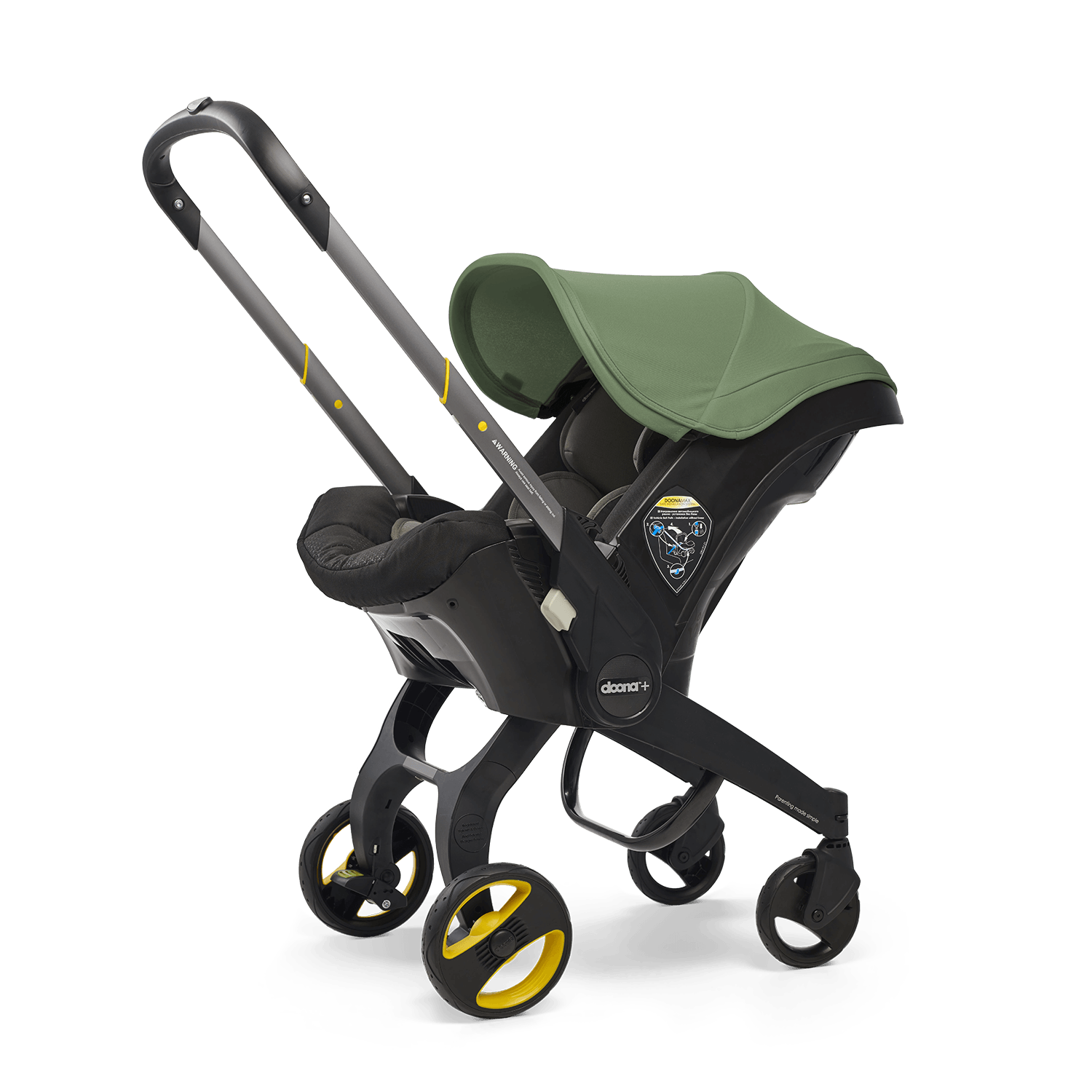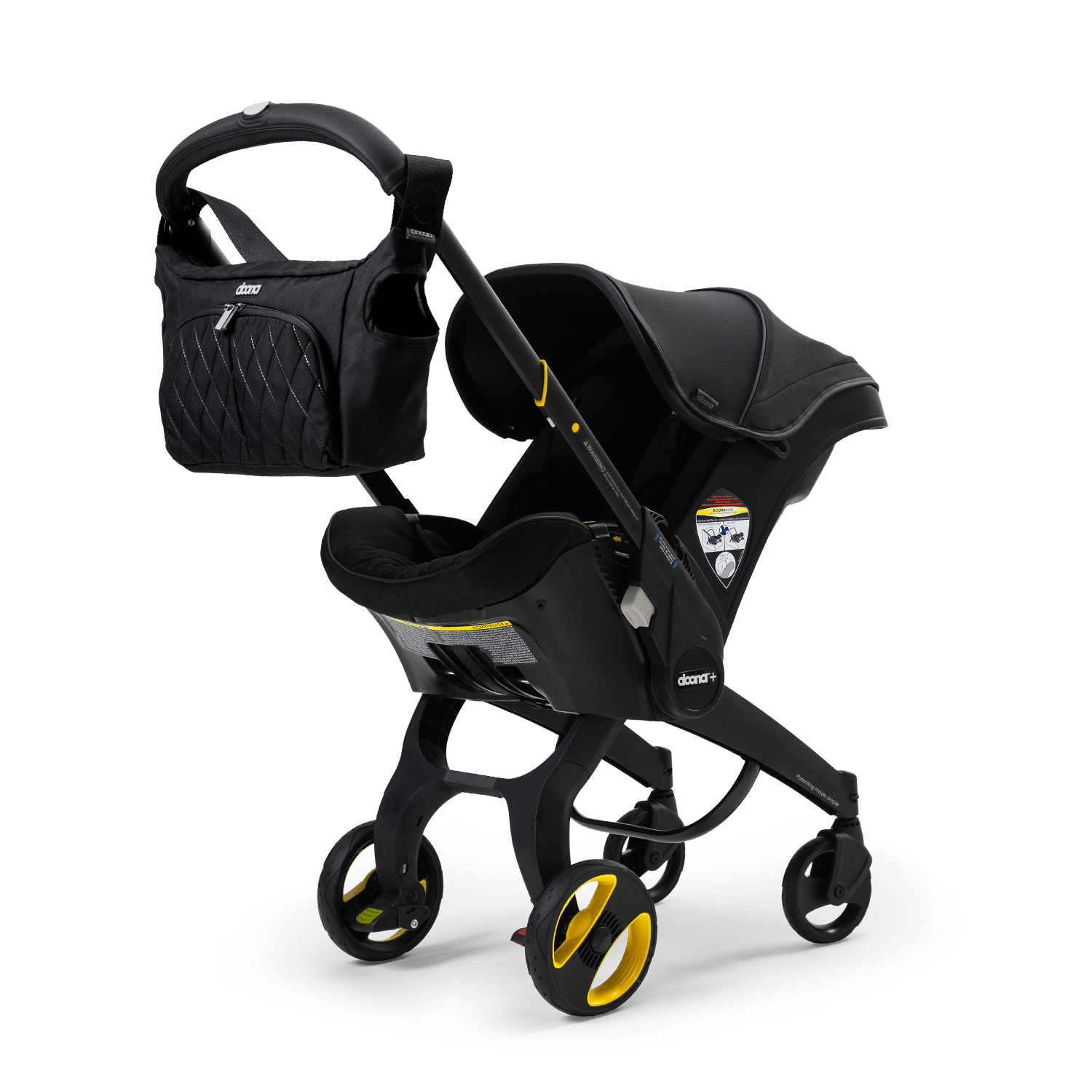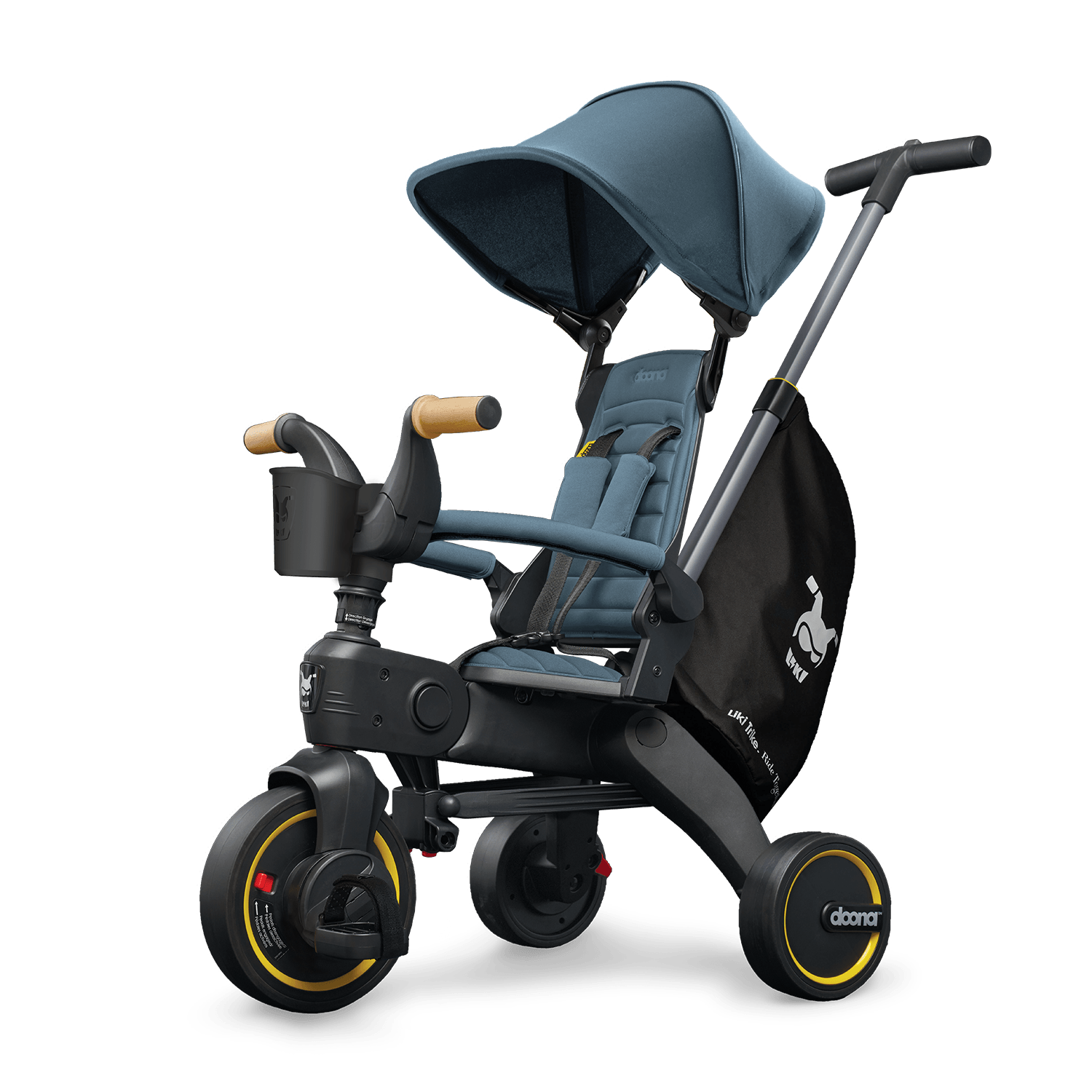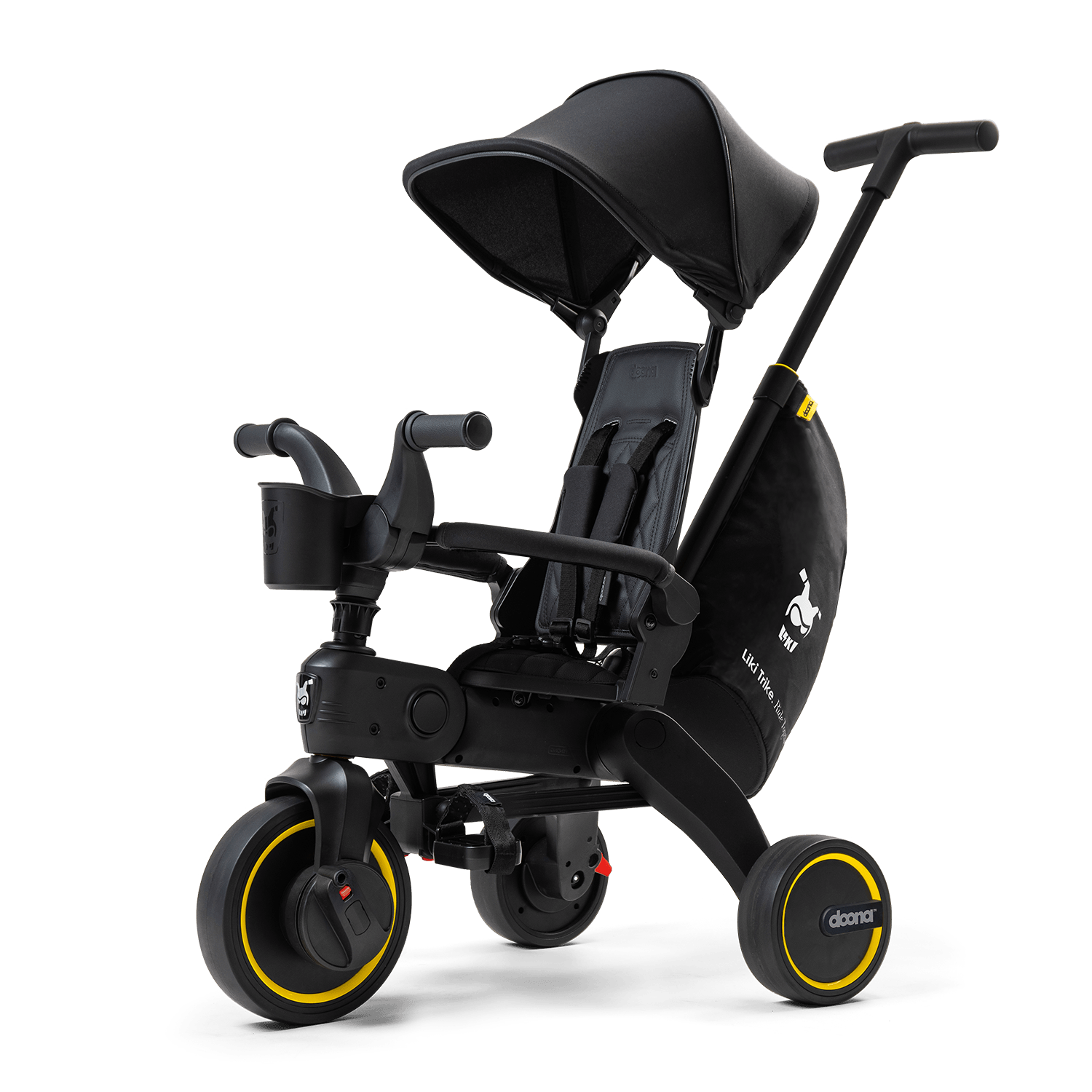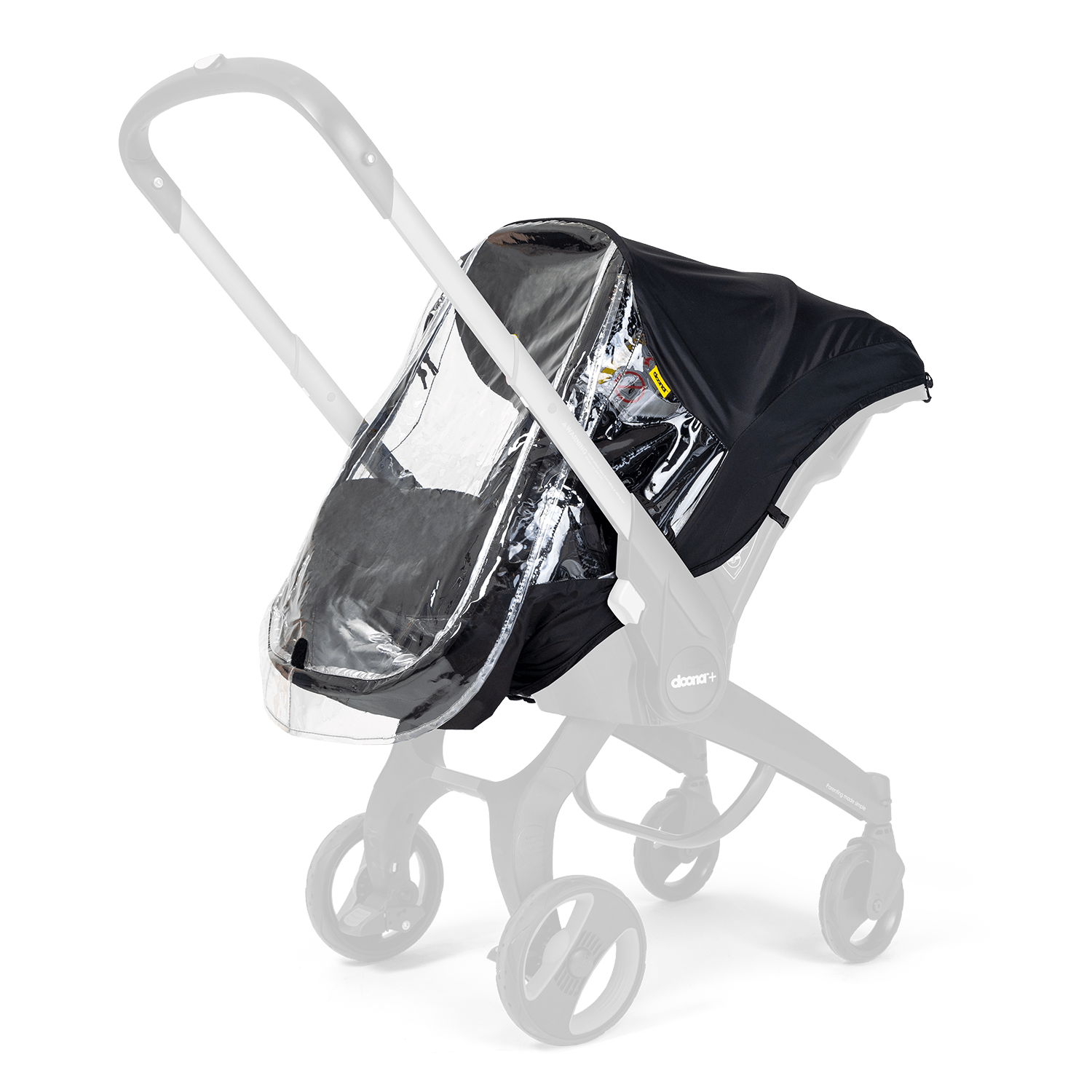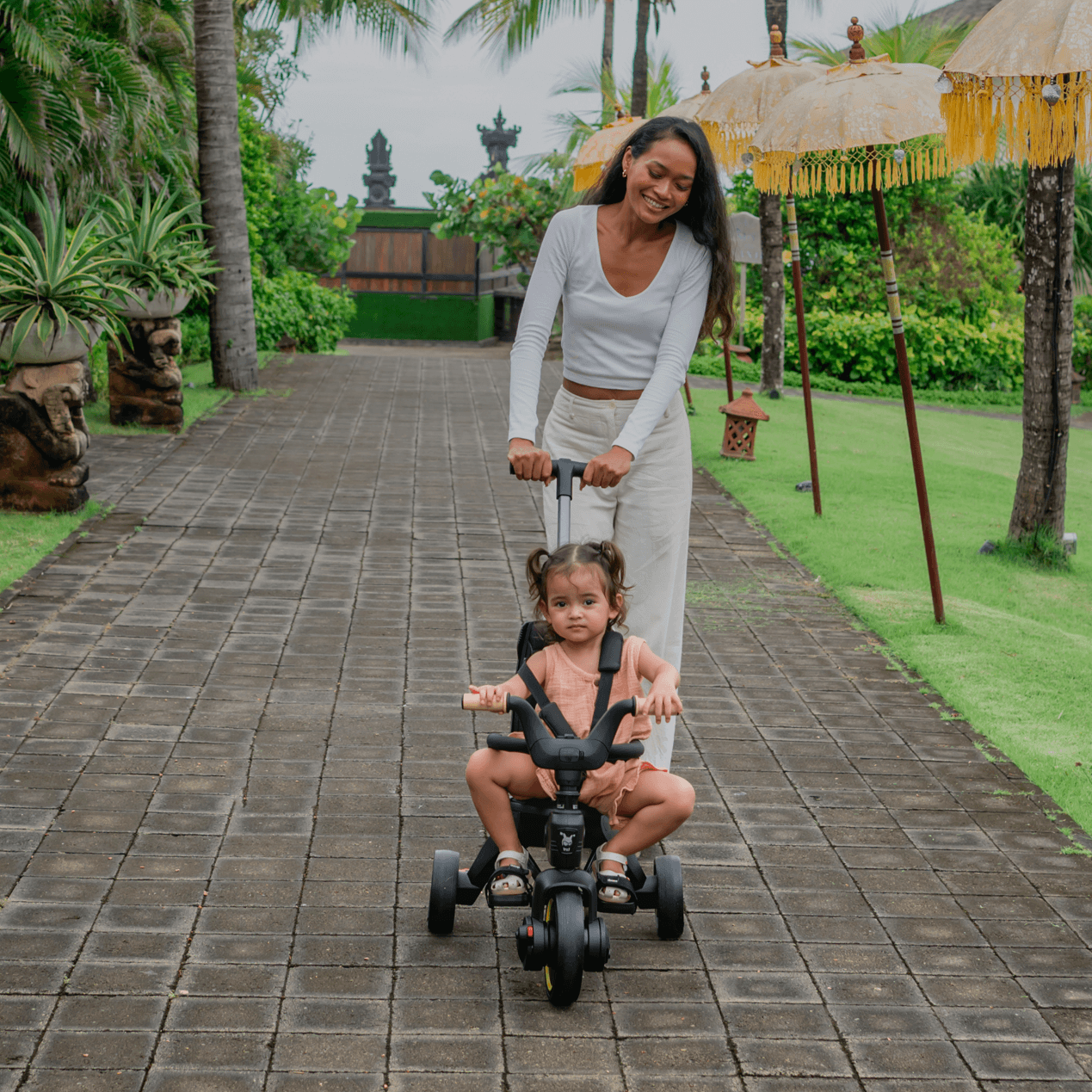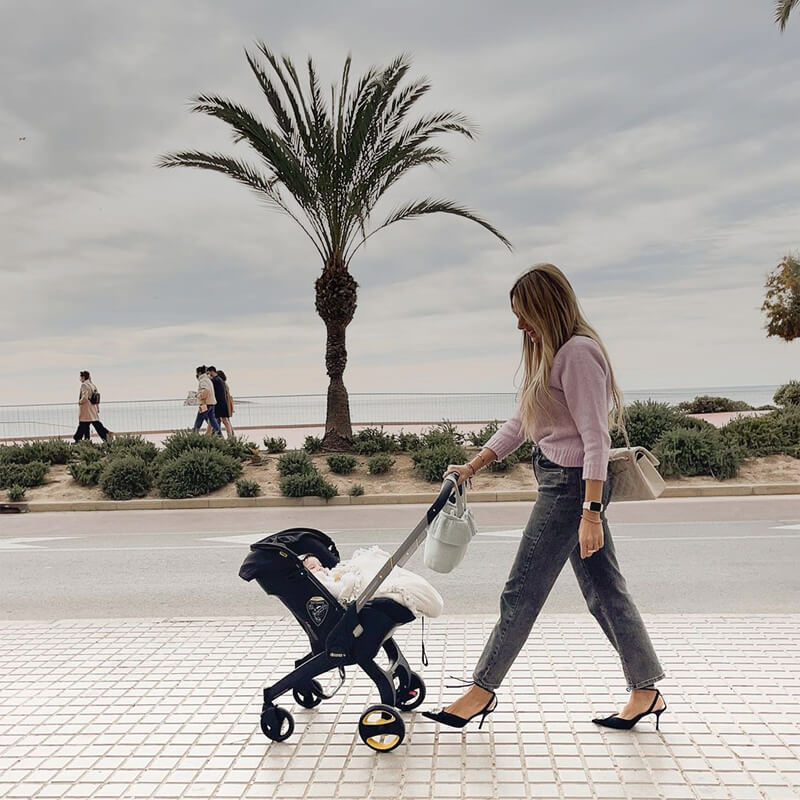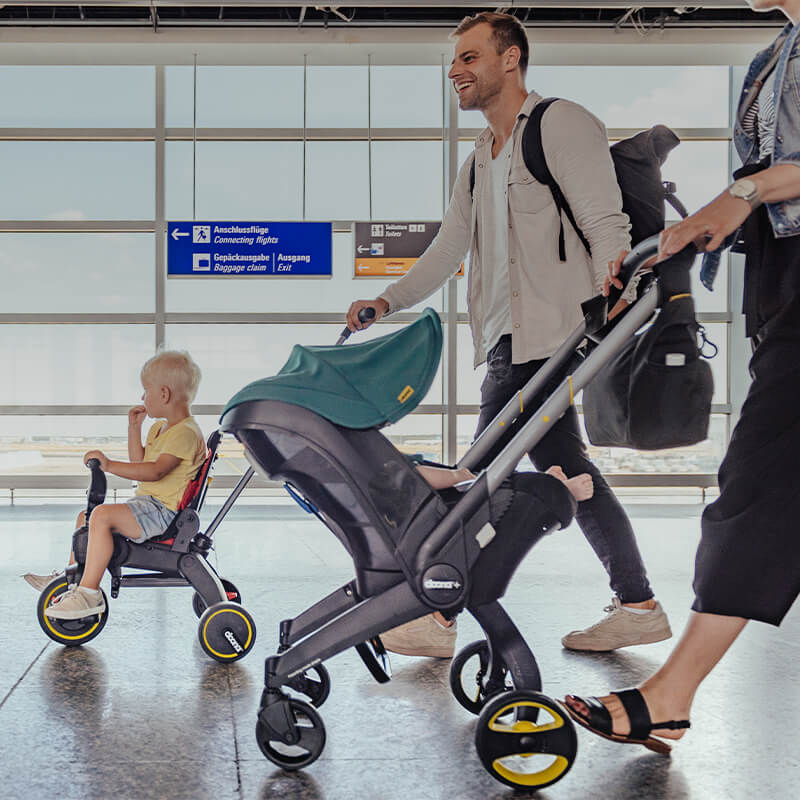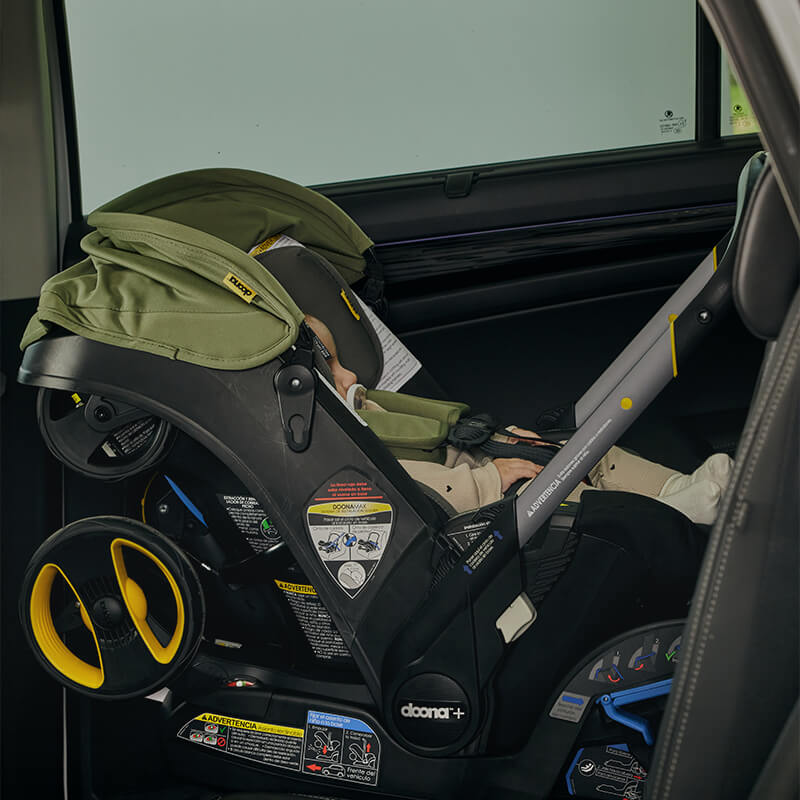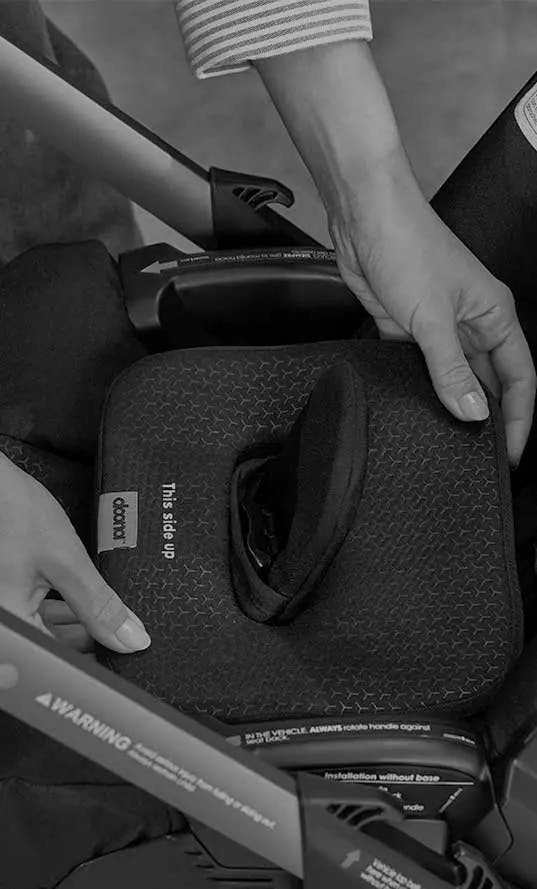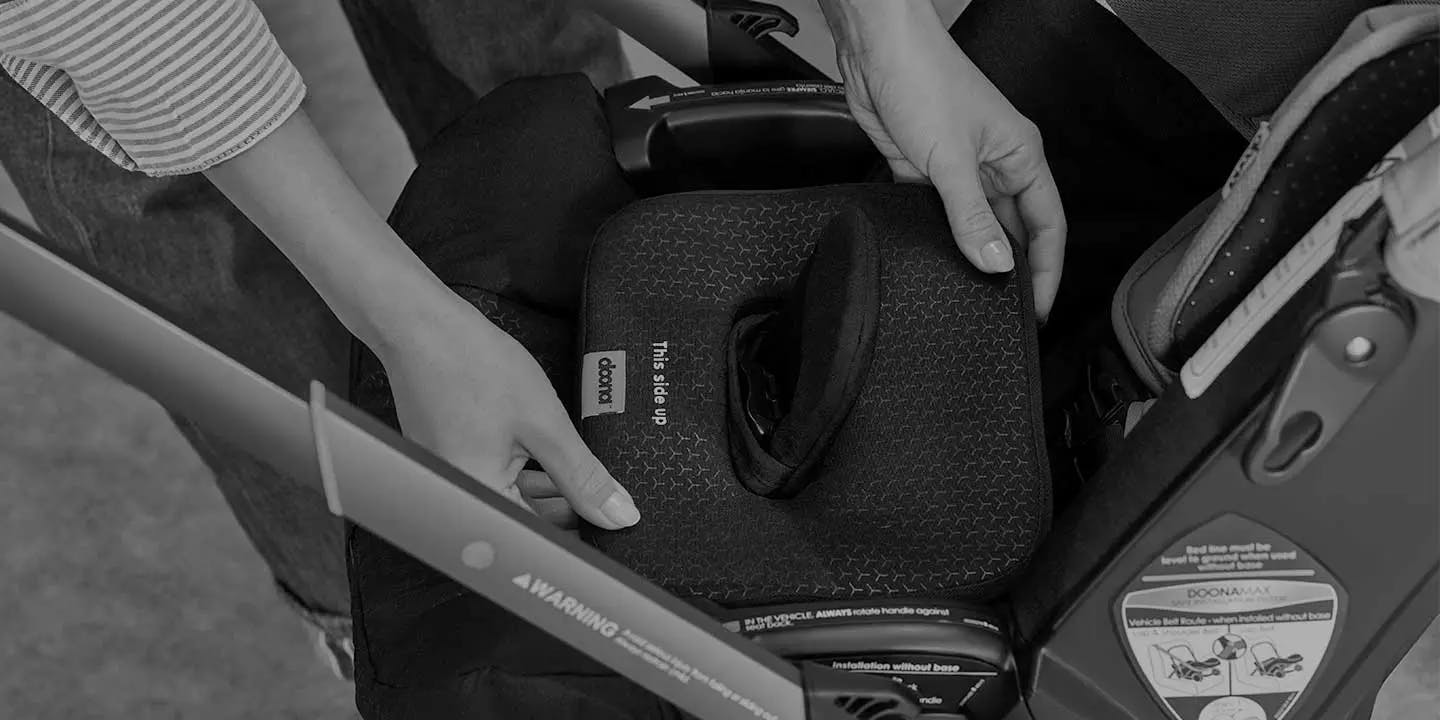Understanding SensAlert
Installation and setup tips
for optimal performance
How it works
SensAlert is equipped with capacitive sensors to detect the presence of a child onboard. Capacitive sensors function similarly to a smartphone's touchscreen. These sensors can detect the presence of a human body by measuring its ability to conduct electricity, even when covered by clothing.
This unique feature sets SensAlert apart from basic pressure sensors that can be triggered by any object placed on them, catering specifically to the safety needs of concerned parents and caregivers.
Tips to ensure proper use
For optimal performance and reliability, it's important to install SensAlert correctly. Place the device with "This side up" facing upwards and towards the front of the car seat.
To ensure SensAlert works correctly, avoid placing any conductive materials on the device, such as smartphones or bottles of liquid, as they can also conduct electricity.
Understanding SensAlert sounds
SensAlert was designed to provide the ultimate solution for child car seat safety via the Doona App. SensAlert emits sounds to indicate the status of the device. It is important for the user to understand the difference between these sounds.
SensAlert was designed to provide the ultimate solution for child car seat safety via the Doona App. SensAlert emits sounds to indicate the status of the device. It is important for the user to understand the difference between these sounds.
Sharing SensAlert
Share SensAlert with up to two other people like a partner, grandparent, or caregiver, for safe and convenient travel with your child.
Each user can connect to the same SensAlert device and set their own emergency contact list in the Doona app. This collaborative approach ensures your child's security and ease during trips.
Share SensAlert with up to two other people like a partner, grandparent, or caregiver, for safe and convenient travel with your child.
Each user can connect to the same SensAlert device and set their own emergency contact list in the Doona app. This collaborative approach ensures your child's security and ease during trips.
How to share SensAlert
Use the following steps if you are the first owner of SensAlert
Use the following steps if you are the user that SensAlert is being shared with
Explore
SensAlert
Discover more about SensAlert, the child car seat safety solution. These articles cover a range of topics, from installation to an in-depth explanation on the technology.
SensAlert has been developed in collaboration with industry experts, and rigorously tested on car seats from leading brands in third-party labs.
The United States has experienced an average of 38 child vehicular heat stroke fatalities annually in the last two decades, as well as other permanent damages. The Hot Cars Act of 2021, which is currently being discussed in the US Senate, aims to mandate the use of anti-abandonment devices to prevent such incidents.
Since 2020 in Italy, by law every person must use an anti-abandonment device when traveling in a car with a child under age 4. There have been zero fatalities due to child vehicular heat stroke since the law was enacted.
Since its launch in Europe in 2019, nearly one million units of SensAlert have been sold. There have not been any reports of SensAlert being involved in a single incident that put a child’s safety at risk. Its popularity is a testament to the product's reliability, as well as the growing awareness of the need for child safety in vehicles.
For more information on hot car deaths visit NHTSA
(NHTSA is not associated with Doona and SensAlert)
Stay connected & follow us on our global adventures #doona
Stay connected & follow us on our global adventures #doona
